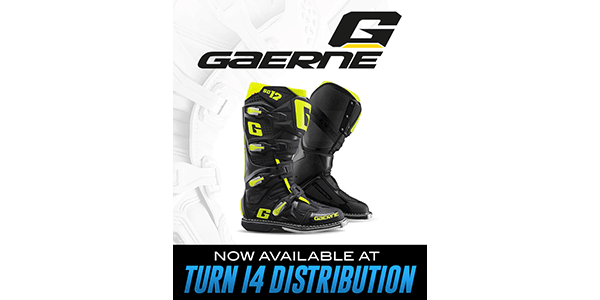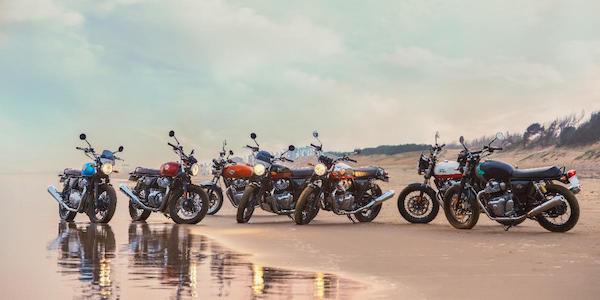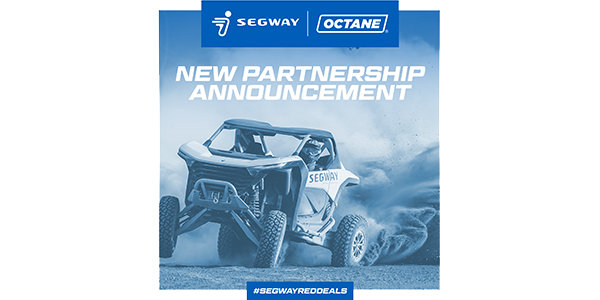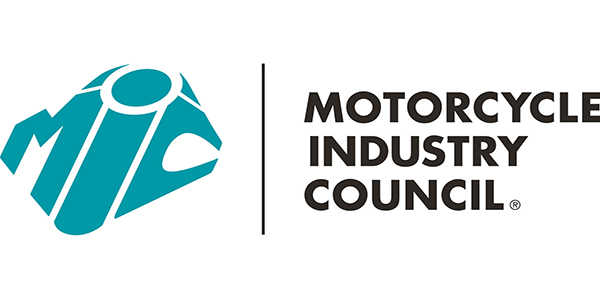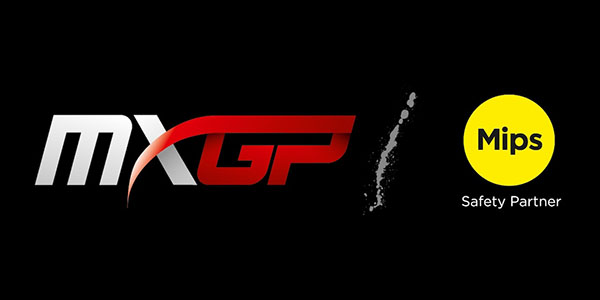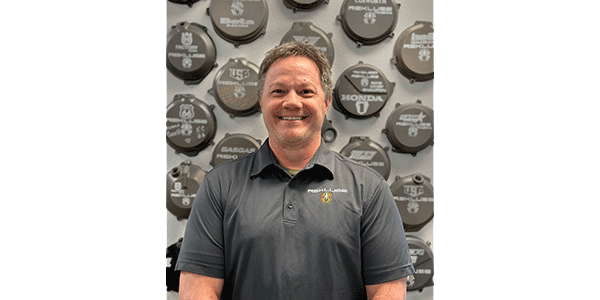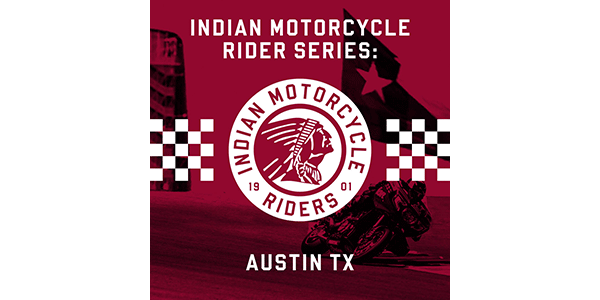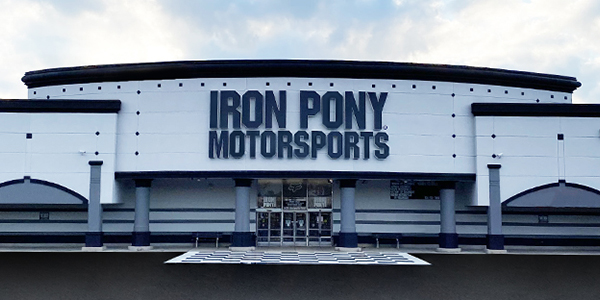Price reductions are anathema to dealership operators. We’ve written about non-strategic price reductions at length, but for the uninitiated here’s a quick review of some of the negatives.
When you just “take something off” of the price of the product you are:
- Doing the same amount of work or more for less money
- Devaluing the brands you are selling
- Training customers to ask for discounts in all departments
- Increasing the likelihood their friends, family and other referrals will all want the same deal
- Encouraging the potential for unfair and/or deceptive practices
- Decreasing dealership loyalty
- Lowering credibility with other dealers
- Making salespeople lazy
- Taking the fun out of selling
- Potentially starting an addictive and deadly practice
We never give legal advice and would never suggest dealers strategize together and set pricing (this could be considered collusion); at the same time, there are many other value-based actions that dealers could (and should) employ first before playing the price card.
Target At-Risk Models
You can group your motorcycles into three categories: fast movers, high-margin potentials and at-risk units. The latter are those which are about to cost you an unreasonable amount of flooring charges or inventory costs. Everyone on staff should know which motorcycles are at risk. Use a unique hangtag, put a special mark on the tag or put a colored dot on the headlamp. Admitting you have a problem is the first step!
Direct Attention To These Models
“Want to see a cool motorcycle?” you ask. Few enthusiasts in your dealership will resist such a question. When they agree, take them to one of your at-risk motorcycles and point out at least three interesting aspects of the motorcycle.
Pull The Units Out Of The Lineup
Just pointing to a motorcycle that’s lined up with 15 or 20 others does little to highlight the motorcycle. Make the effort, pull it out of the lineup so the customer can see it, walk around it and sit on it comfortably.
Change Your Displays
Simply rearranging your showroom floor can increase the attention paid to your at-risk motorcycles. There’s just something about the human condition that is attracted to things that are new and different. You may have frequent customers who never notice an item until you move it.
Target Traffic Patterns
Where should you move your at-risk motorcycles? Why to your higher traffic zones, of course. Where are they? Well watch how your customers move through your dealership. Do you notice traffic patterns? Typically customers will see 100% of what’s right inside of the front door and typically 95% of what is placed exactly to the right. Use your store to help you sell.
Right Side Out
One side of the motorcycle is more attractive than the other. Place your motorcycles so that the dominant amount of traffic sees the “good” side of the motorcycle.
Create Visual Appeal
Use other merchandising techniques to help sell your at-risk units. Groupings are typically more impactful than individual units. Only have one? Put it on a ramp or elevated stand to highlight it and increase its exclusiveness. Signage with alluring information about the motorcycle is always important.
Create Fantastic Hang Tags
Want to really create some interest in your at-risk motorcycles? Use superlatives on your hang tags in place of numbers. Where it states price, write “fantastic!” Where it states the monthly payment, write “Terrific!” Where it states down payment, put “Unbelievable!” Of course you’ll need to make certain you are complying with any applicable state and federal regulations, but this is a great way to get the customer to laugh and ask, “How good is good?” And you’re off to a great start.
Train Salespeople On Those Specific Bikes
Have your salespeople create a 10-point walk around for these at-risk motorcycles. If a person can’t do a five to seven minute, features-and-benefit presentation about the motorcycle, they don’t know enough about it. This presentation should be unaided by notes or customer questions. Additionally, it should include at least three items of interest not included in the motorcycle’s brochure.
Give At-Risk Model As Demos
Salespeople sell what they ride. They know the model, are enthusiastic about it and can relate information about the bike that no marketing piece can offer. One reason certain models don’t sell in some dealerships is because of a lack of familiarity. Combat this by making an at-risk model a demo and give it to your salespeople to ride. They’ll become more familiar with it and be more inclined to speak enthusiastically about it.
Assign A Specific Bike To A Salesperson To Sell
Assign specific salespeople to specific motorcycles and give them the task to sell them. Salespeople are often ego-driven and when given a challenge many will rise to it.
Create A Bike Bounty
If your motorcycle is about to cost you $100 in flooring charges to carry it for another month, often offering your salespeople an additional $25 to move the unit works wonders. No, this doesn’t result in sales people “gaming” the system i.e. dragging their feet to sell units, but if you’re paranoid about that, vary the dollar amount and make them random so no one ever knows when they are coming.
Prospect Using At-Risk Units
Whether it’s a phone call or a handwritten note or an e-mail message, your prospecting activities should mention at-risk motorcycles.
Display Outside The Dealership
Establish a relationship with other businesses in your community and display your at-risk motorcycles outside of your dealership. Try a local eatery, bar, sports complex or even putting a cool motorcycle display in the break room of a local company. Getting your at-risk motorcycles outside of your dealership where more people can see them will dramatically improve your chances of selling them and not giving them away.
Increase Marketing Communications
Whether it’s on the home page of your website, in your e-newsletter or in your regularly-placed advertising, highlight your at-risk motorcycles.
Ask For Referrals
As we established earlier, people are typically advocates for what they ride. Go through your customer records and find those who have purchased those at-risk models and ask them for suggestions of others who might like to make the same informed decision they did.
Provide Testimonials
Call existing customers who ride the models currently at-risk. Ask them to jot down two or three reasons about why they like the bike they ride so you can spread the good news with others. Then put these testimonials on display for others to see.
Pre-Accessorize
Accessorize your at-risk motorcycle to stimulate interest and accelerate the sale. Be thoughtful — don’t just throw accessories on the unit, strive to create what’s desirable in your market.
Sell A Package Deal
To encourage the sale of at-risk units, you could offer additional value like offering tires for life or batteries for life. These are dealer created programs where you set basic parameters and then, as long as the customer owns that motorcycle, you will provide the items as promised. These are attractive offers for many people, and relatively inexpensive for the dealership. Or you could offer a one-year free extended service contract or a one-year, free pre-paid maintenance program. This is terrific value for the customer and is a great way to open the door to sell additional years as well.
But isn’t this really playing the price card? This is the difference between strategic price reductions and non-strategic price reductions. Non-strategic price reductions are done on caprice and often are price reductions on the price of the motorcycle. This creates many of the negative scenarios listed earlier and creates one more potentially devastating dynamic; it gives all of the negotiating power to the customer. Strategic price reductions do things to encourage the sale, and preserve the brand and customer loyalty. There’s a significant difference.
Let The Customer Choose His Incentive
To encourage the sale of your at-risk motorcycles, you could take the idea above and add a twist. Offer “tires for life” plus “one year free pre-paid maintenance” or “batteries for life” or “one year free extended service contract.” You could even put together a full menu of add-ons and let the customer decide!
Offer Dealer-Paid Financing
Often your finance sources will offer dealers the ability to buy finance promotions on qualified customers. No money down, no interest or no payments are common. These are great ways to stimulate activity on those at-risk motorcycles.
Keep in mind, if it’s a dealer-paid promotion that does not mean you just add the dollar amount somewhere else into to the deal. This could violate certain truth in lending regulations.
There’s one sure way to get out of a tough situation — hard work. Taking the actions above take effort, creativity and initiative, but the results are well worth it. The old adage is true, if it’s easy to do, the results are tough to take; if it’s hard to do, the results are easy to take.
Think about what you can and should do, before playing the price card.

